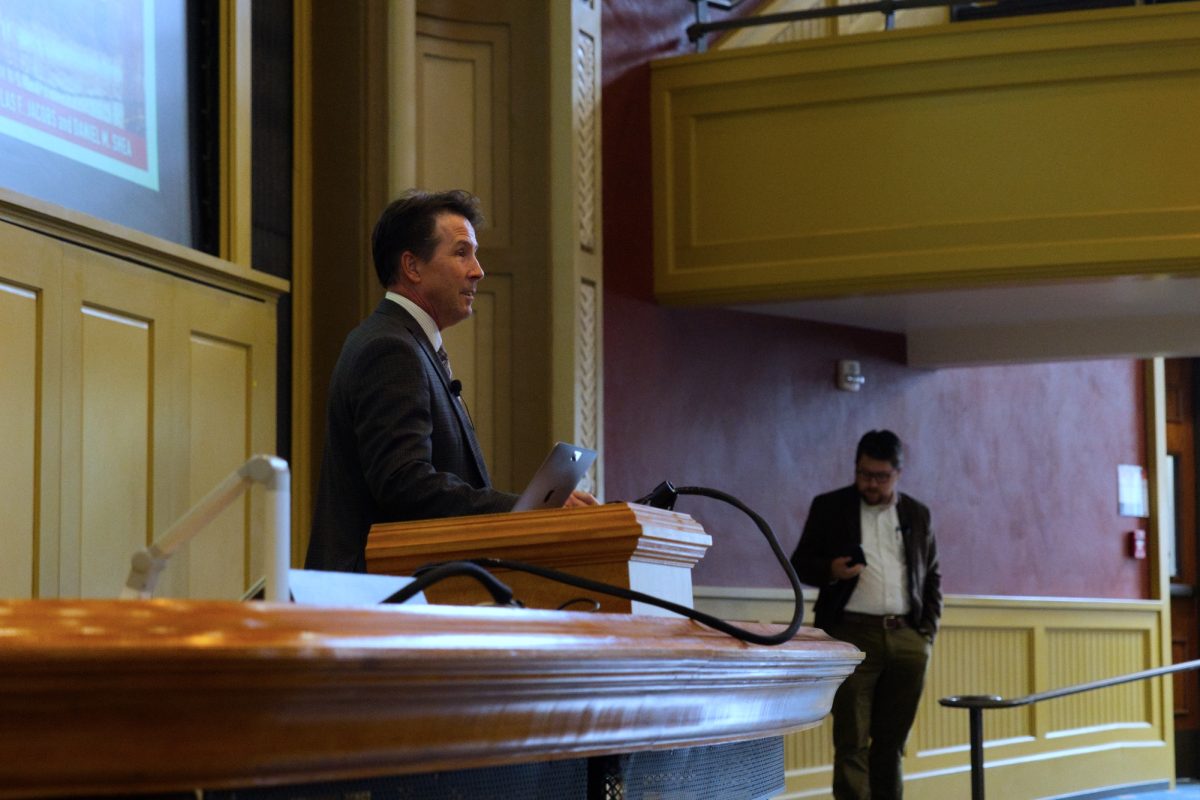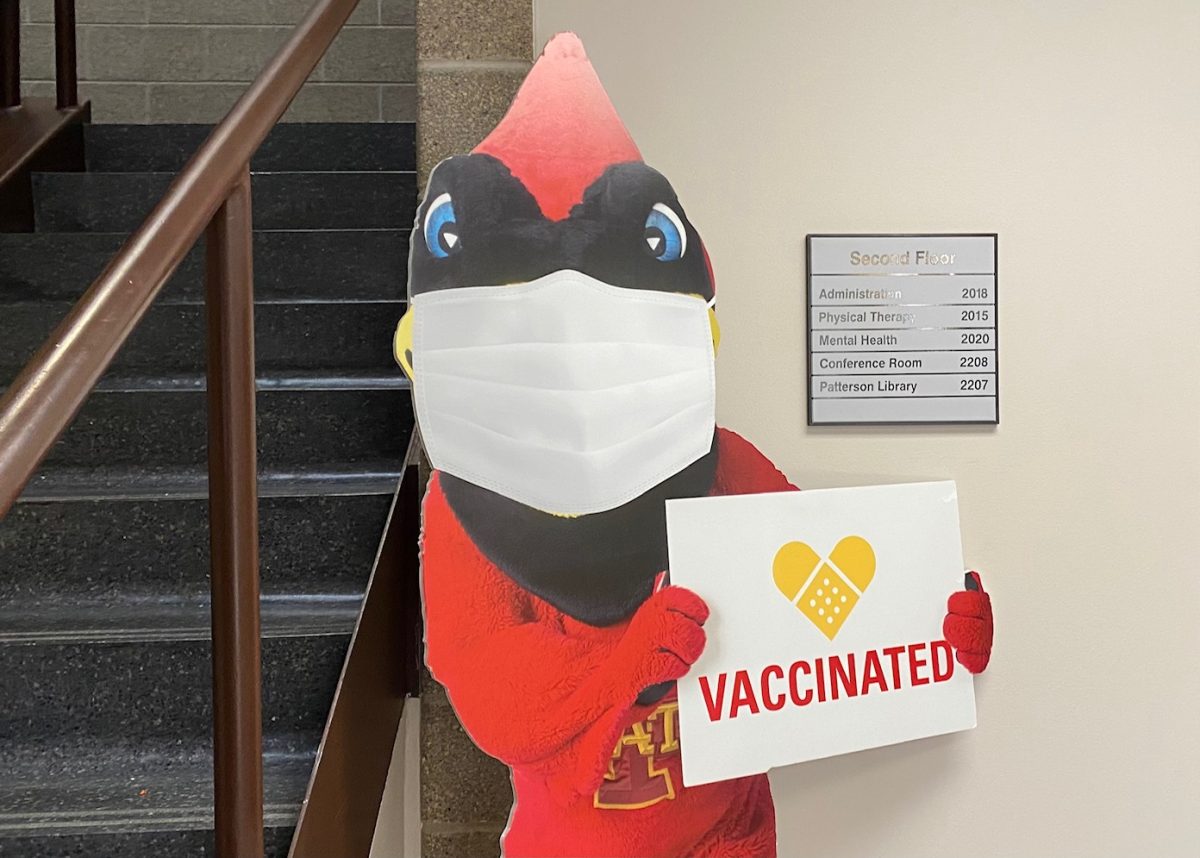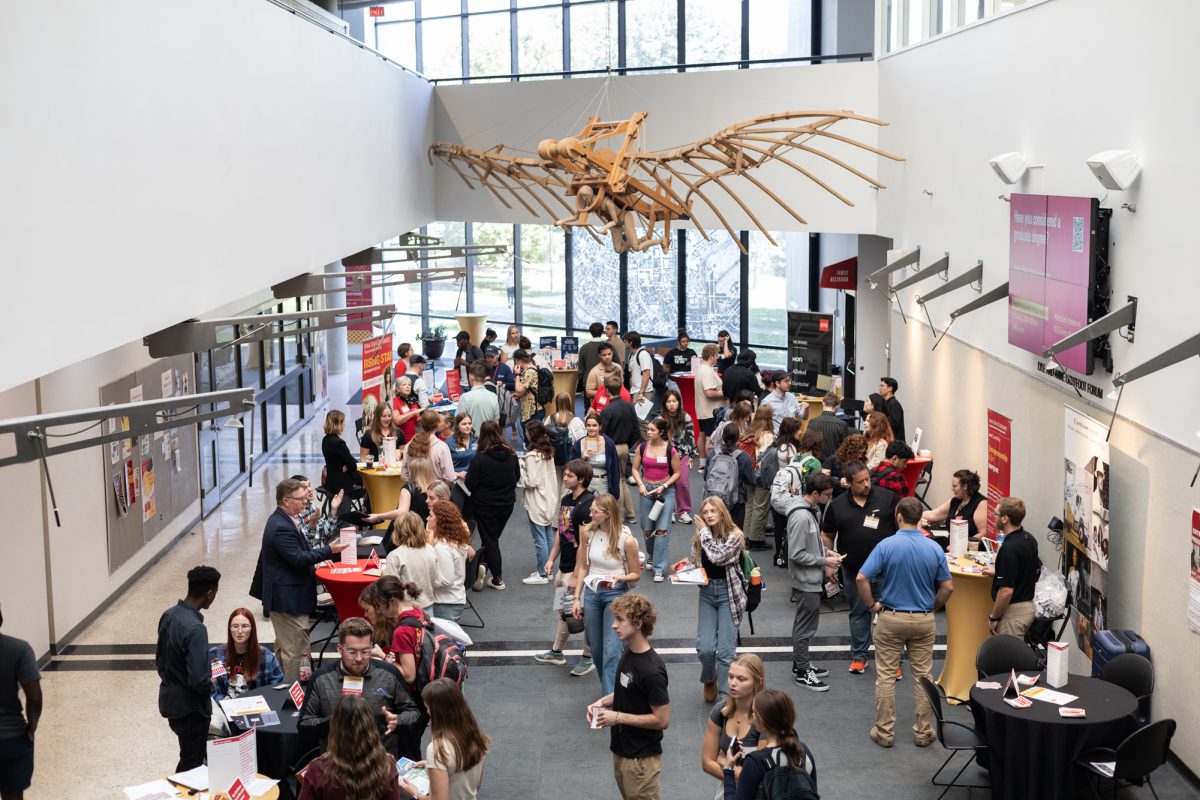Camp continues after 85 years
November 9, 1999
Since 1914, students majoring in forestry at Iowa State have been receiving far more from their education than just a traditional class experience.
They get forestry camp experience.
The 1914 forestry camp, the first of its kind at ISU, spanned three summer months at Cass Lake, Minn. That year, 35 students found themselves spending their summer in the midst of the Minnesota National Forest.
While at camp, students studied various elements of forestry such as silviculture, which is the study of trees as they grow in association with other trees, forest mensuration, lumbering and forest products.
Today, more than 85 years later, the camp still is in integral part of the forestry curriculum, despite the fact that many forestry programs at colleges across the country have abandoned the camp experience.
“We really believe in the hands-on experience, so that students understand the knowledge and see how it’s applied,” said Joe Colletti, associate professor of forestry. “The primary reason for maintaining the experience is because students tell us that it is one of the most valuable experiences they have had.”
Today’s camp isn’t quite the same as the camp 85 years ago. Since 1993, the camp has become a three-week experience during the fall semester instead of during the summer.
Students who attend the camp enroll in six forestry classes including forest ecology, wood products, forest measurements, forest decision making, integrated lab and fall camp.
By enrolling solely in forestry classes, students are able to leave for the three-week class because each class is tied in with the camp experience.
This year, students traveled to Conecuh National Forest in Alabama, where they stayed at the Solon Dixon Forestry Center.
“It was a great experience,” said Keri Bolluyt, sophomore in forestry. “We had class from 8 to 5, and every day we would go somewhere on a tour.”
Some of the places the group visited included Horseshoe Bend National Park and various lumber and paper mills.
Bolluyt said the experience was valuable because it helped her decide in which area of forestry she wanted to specialize.
Forestry students have a choice of urban/community forestry, forest ecosystems management or wood products, Colletti said. Bolluyt said she hopes to study forest ecosystems management.






